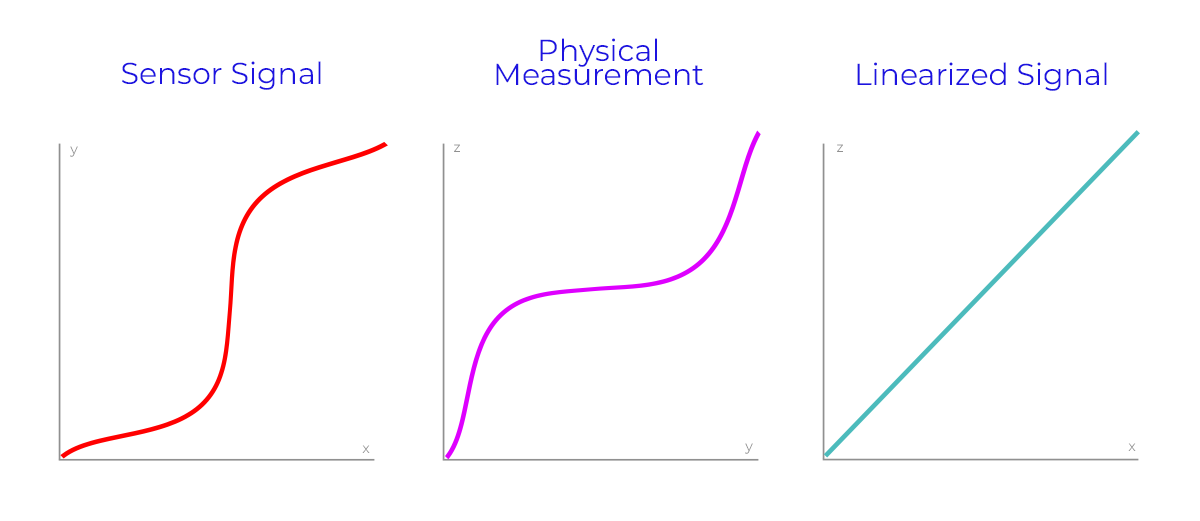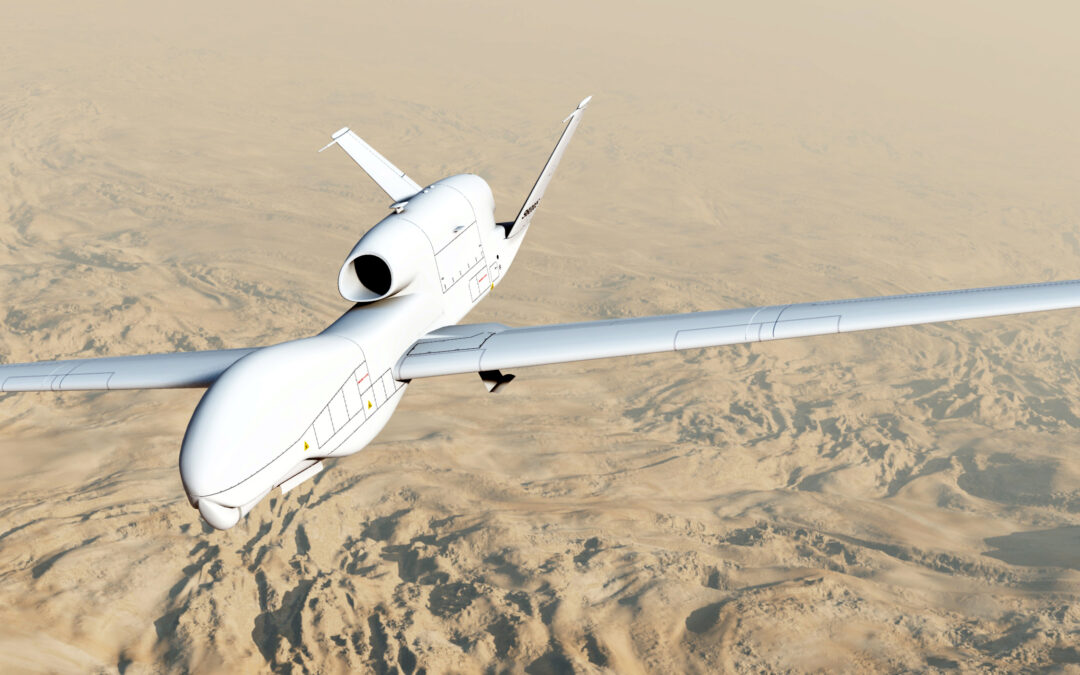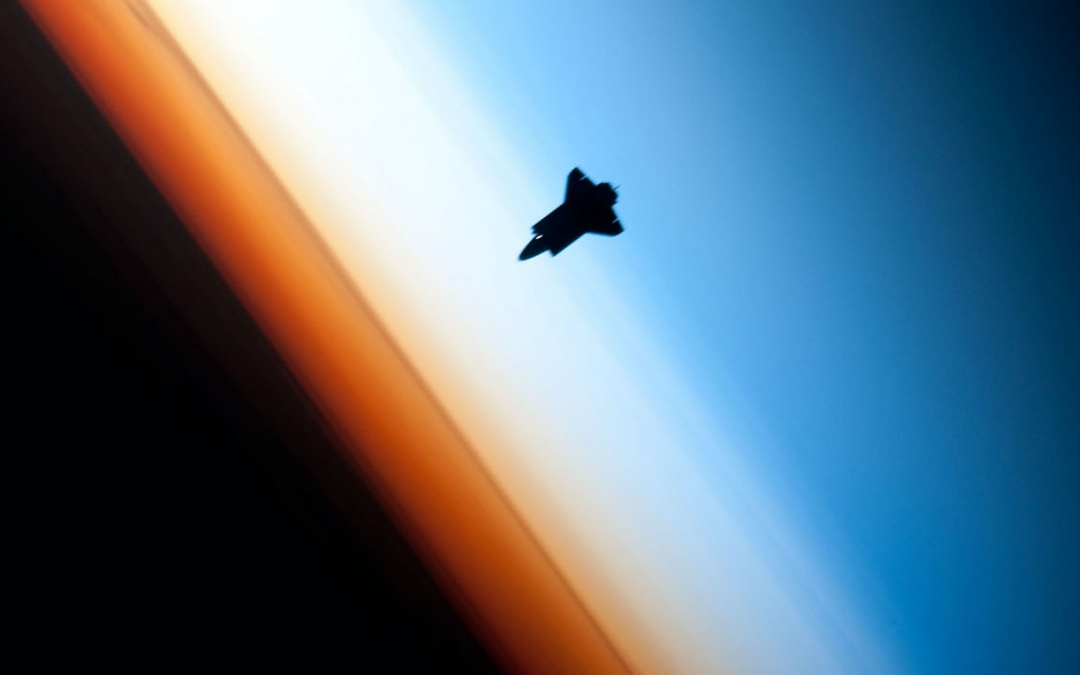Because signal types and strengths vary from one analog signal to another, without a way to optimize the signals, there would not be an accurate way to measure them. Therefore, signal conditioning is one of the most important components to any sensing system. In this post, we introduce the concept of signal conditioning, as well as give examples of different types of signal conditioners.
A signal conditioner converts an analog signal from a processor sensor into one that is suitable for further processing.
Signal conditioning come in many forms, but in this post, we’re focusing on isolation, amplification, linearization, and filtering.
Isolators protect and preserve valuable measurements and control signals, as well transmitters and receivers, from the damaging effects of noise, transient power surges, internal ground loops, and other hazards that may be present in the environment.

Amplifiers increases the input signal strength (amplitude) to a level suitable for digitization by the data acquisition (DAQ). With low-voltage output sensors such as thermocouples and strain gauges, amplification can increase the resolution of the measurement. A thermocouple produces a temperature-dependent voltage, which can be interpreted to measure temperature. As the name suggests, a strain gauge simply measures strain on an object. In this case, a strain gauge measures the strain on the sensor system.

Linearizers are often used for thermocouple signals. When the signals produced by a sensor don’t have a straight-line relationship with the physical measurement, linearization is necessary.

Filters improve the performance of a sensing system by eliminating unwanted frequencies on a spectrum. By filtering out the noise errors, they create a clean and consistent signals for precise measurement.

Latest Posts

Scaling Unmanned Operations for Defense
In this post, we explore some of the opportunities and challenges facing unmanned operations in the defense sector.
Artificial intelligence (AI), which manifests itself in different forms, from website chat boxes to unmanned military operations, is broadly defined as any system or machine that is designed to imitate human intelligence, in order to perform tasks and improve upon itself using the increasing amount of information it collects.

Black History Month: NASA’s Hidden Figures
This year for Black History Month, we celebrate Dorothy Vaughan, Katherine Johnson, Mary Jackson, and Christine Darden for their perseverance despite the inequality they faced, and for their distinguished careers at the National Aeronautics and Space Administration (NASA), where they lent their talents to furthering aeronautics and space travel.

Corona & Multipaction Effects on Space Based Antennas
In this post, we will be discussing two types of effects that are potentially damaging to RF components: corona discharge and multipaction effects.
